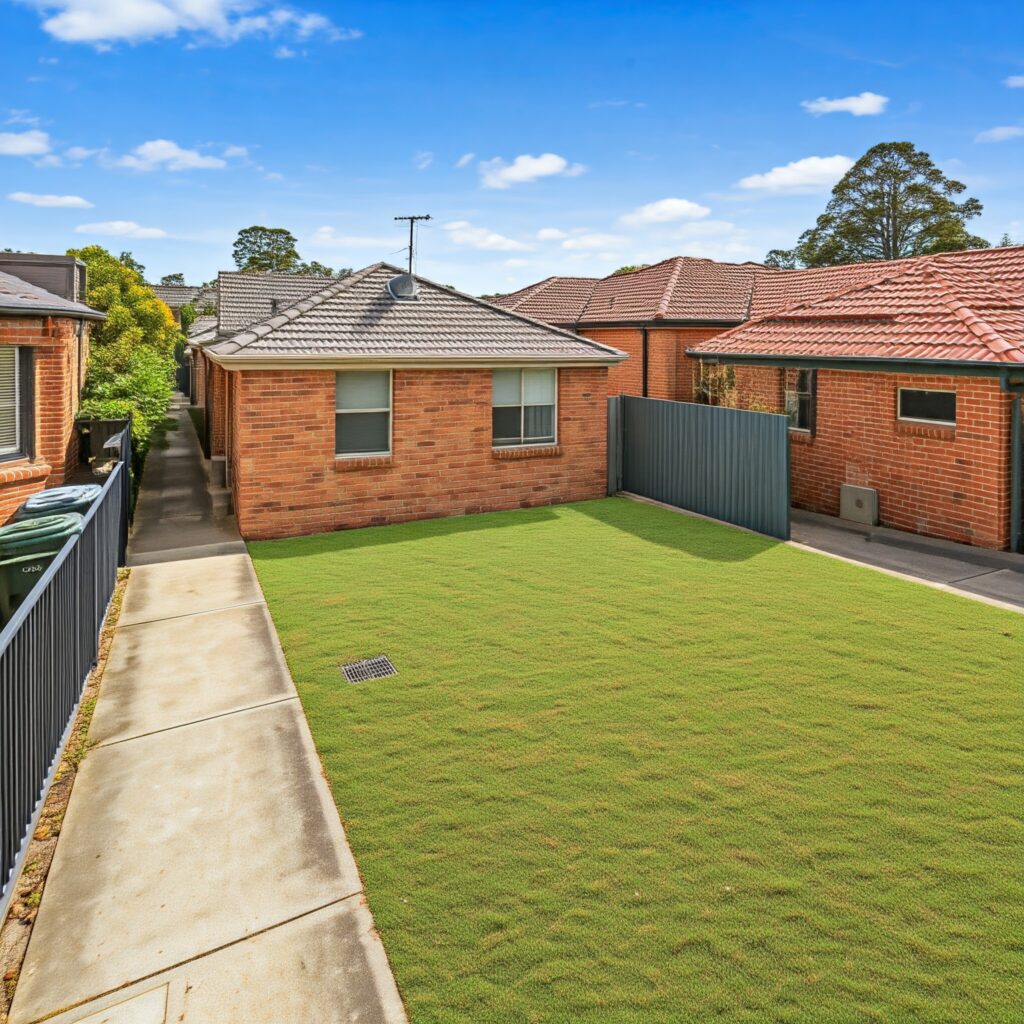In New South Wales, strict regulations govern the use of materials in construction and renovation to ensure safety and health. This article outlines the key materials banned in NSW, including the effective dates of these bans, helping property owners, developers, and renovators comply with the law.
1. Asbestos
Once common in Australian buildings for its insulation and fire-resistant properties, asbestos is now recognised for its severe health risks, including lung cancer and mesothelioma when fibres are inhaled.
| Material | Ban Effective From | Details |
|---|---|---|
| Asbestos | 2003 | Banned in all new construction, renovation, or repair. |
Professionals must handle older buildings that may contain asbestos, especially before renovations, to manage asbestos removal safely.
2. Engineered Stone with High Silica Content
Silica dust from engineered stone can cause serious lung diseases such as silicosis. Due to these health risks, NSW has specific regulations regarding materials with high silica content.
| Material | Ban Effective From | Details |
|---|---|---|
| Engineered Stone (High Silica) | July 1, 2024 | Use in construction is banned due to health risks from silica dust. |
Alternatives with lower silica content or other composite materials are recommended.
3. Aluminium Composite Panels
Certain types of aluminium composite panels have been found to contribute to rapid fire spread in building facades.
| Material | Ban Effective From | Details |
|---|---|---|
| Aluminium Composite Panels (>30% polyethylene) | 2018 | Banned due to fire safety risks, especially in high-rise buildings. |
Fire-resistant cladding materials are advised as safer alternatives for building façades.
Why These Bans Matter
Adhering to material bans is crucial not only for regulatory compliance but also for ensuring the safety and health of building occupants. Property developers and renovators should remain informed about these regulations to avoid penalties and potential hazards.

